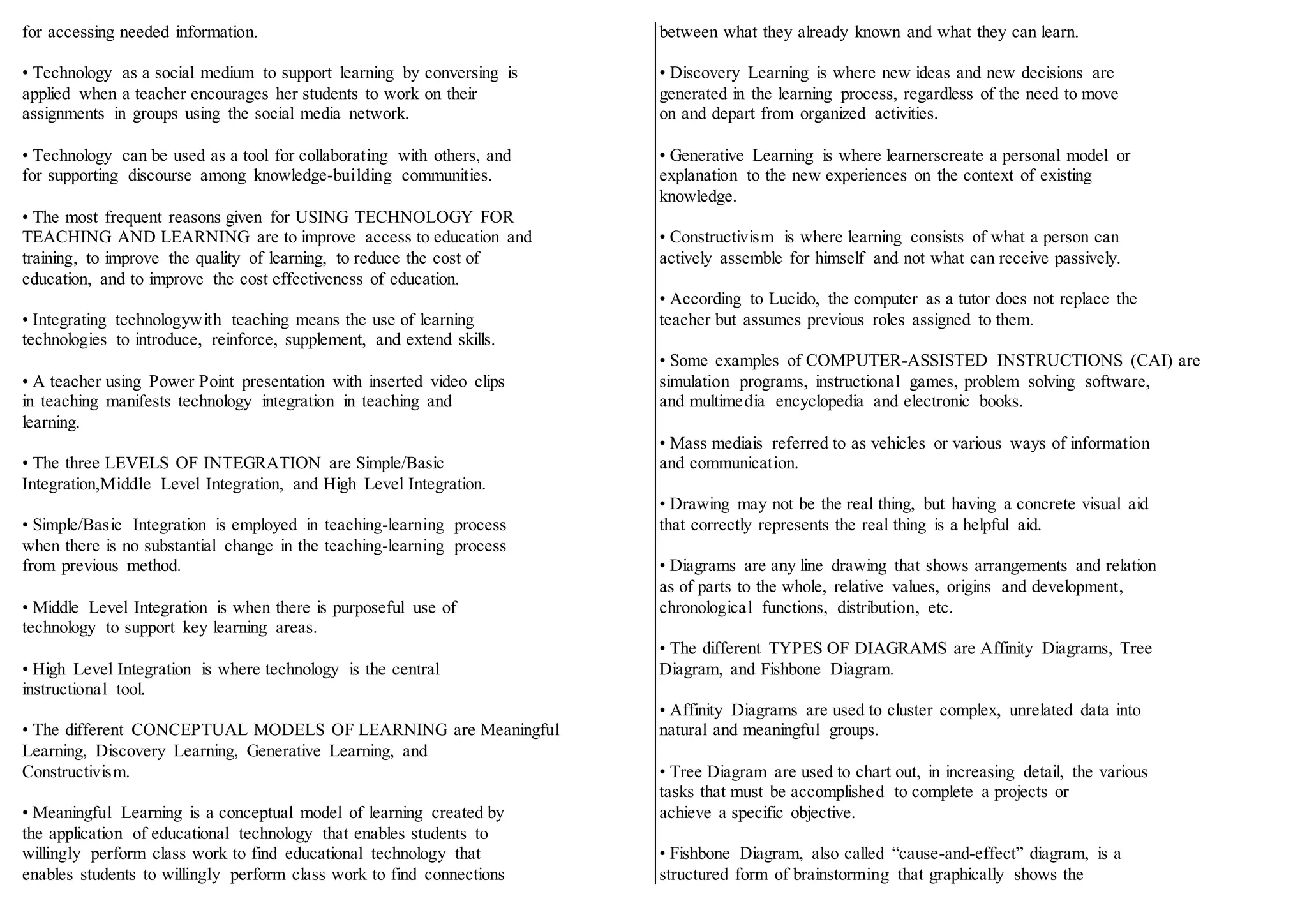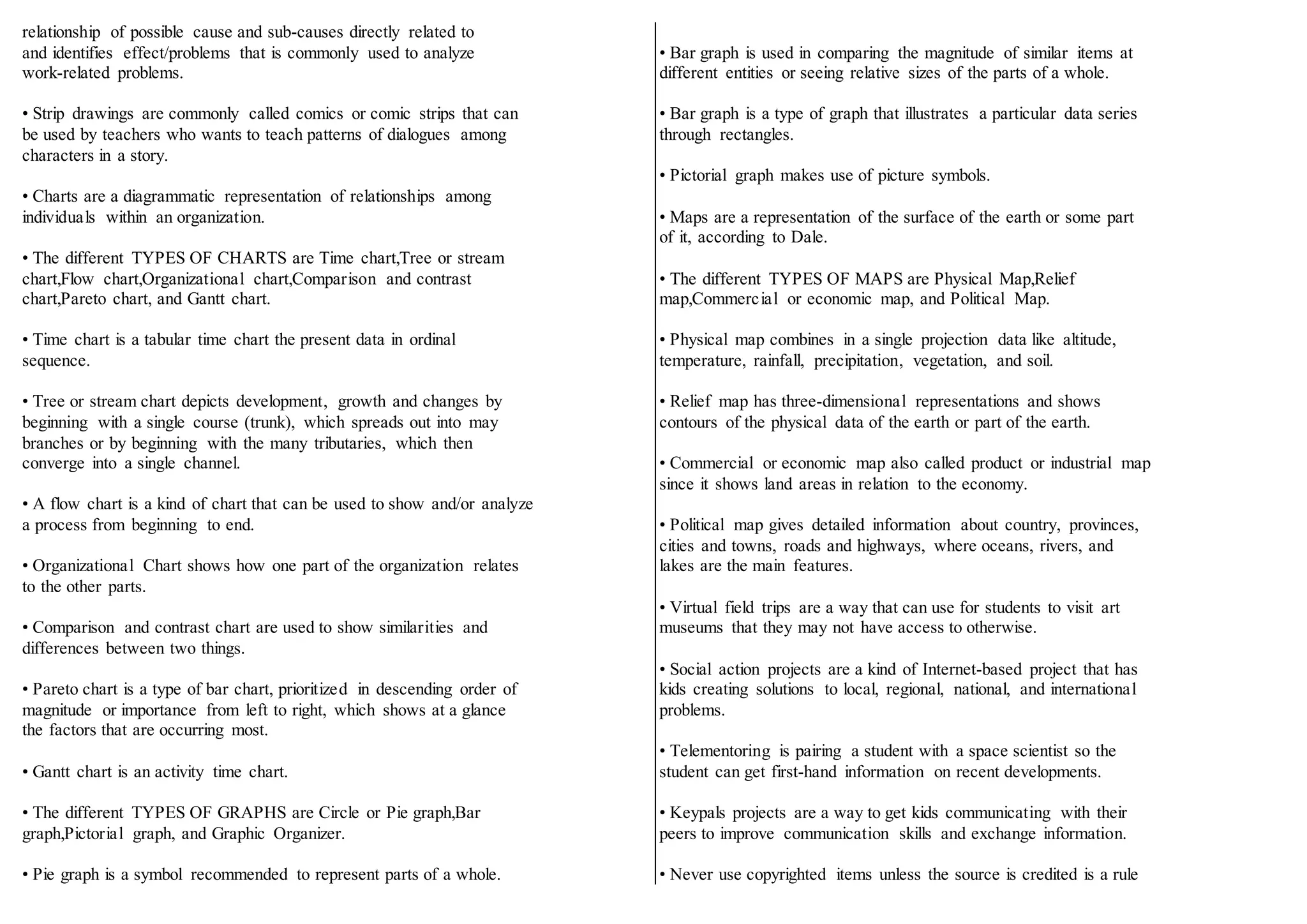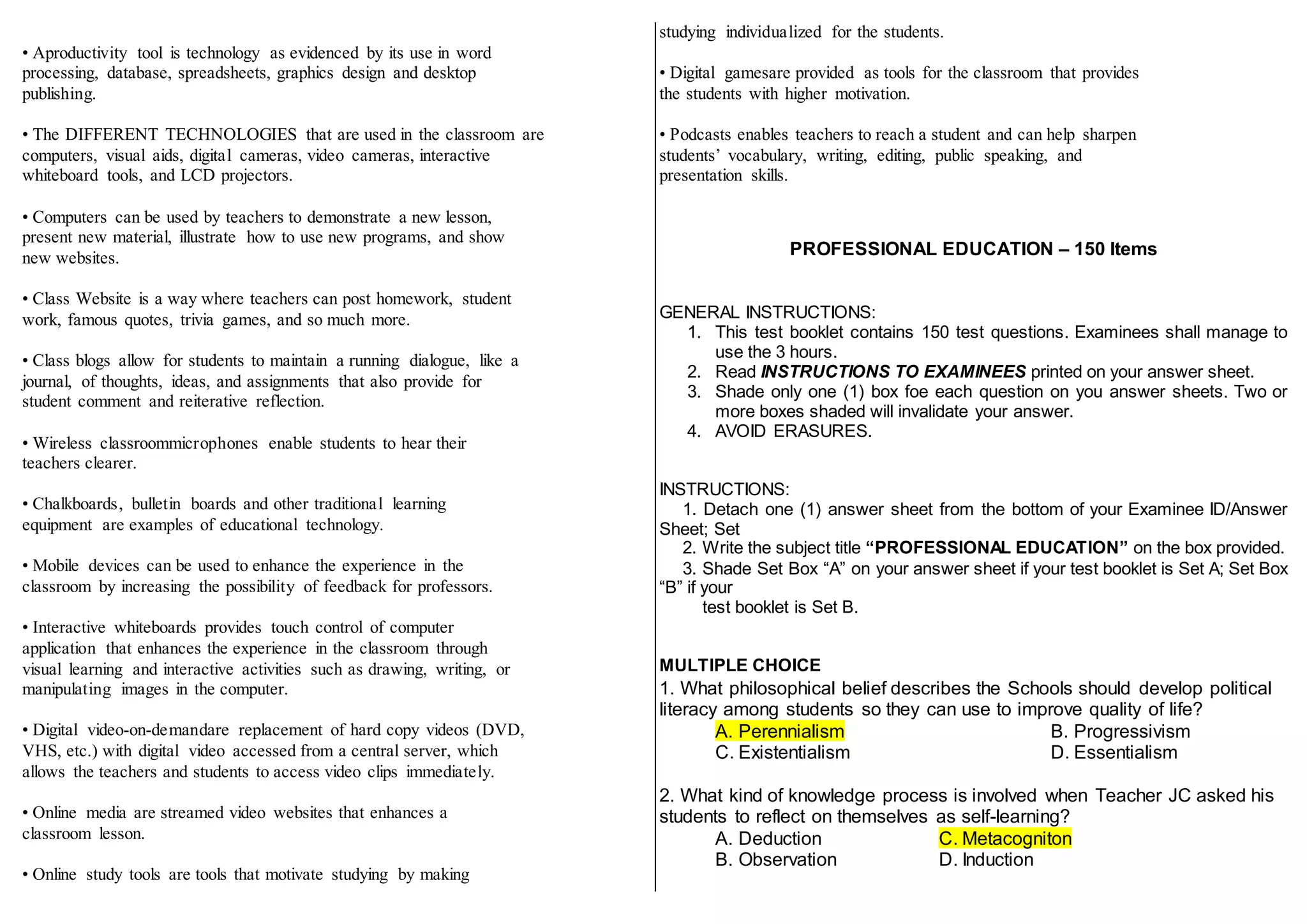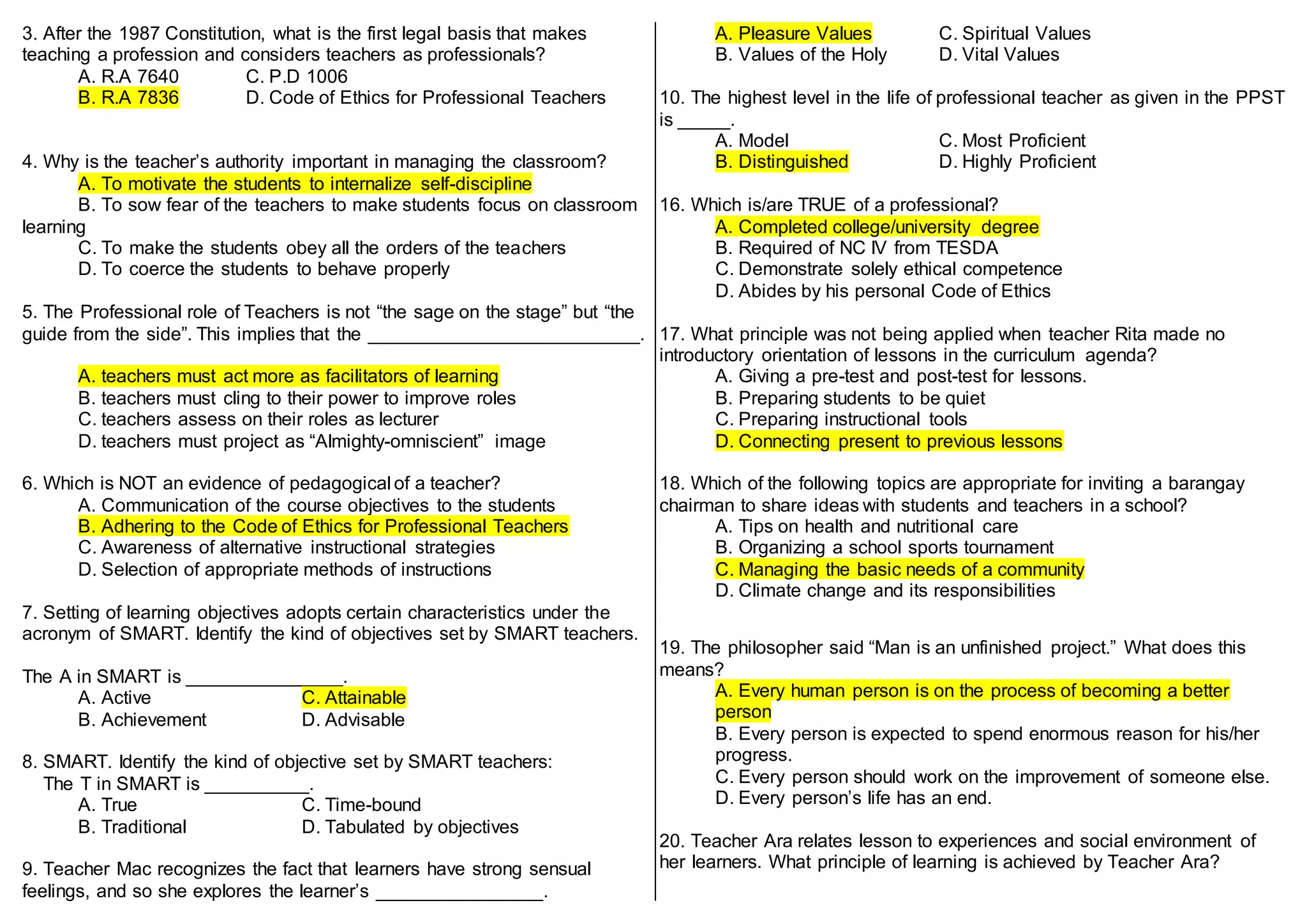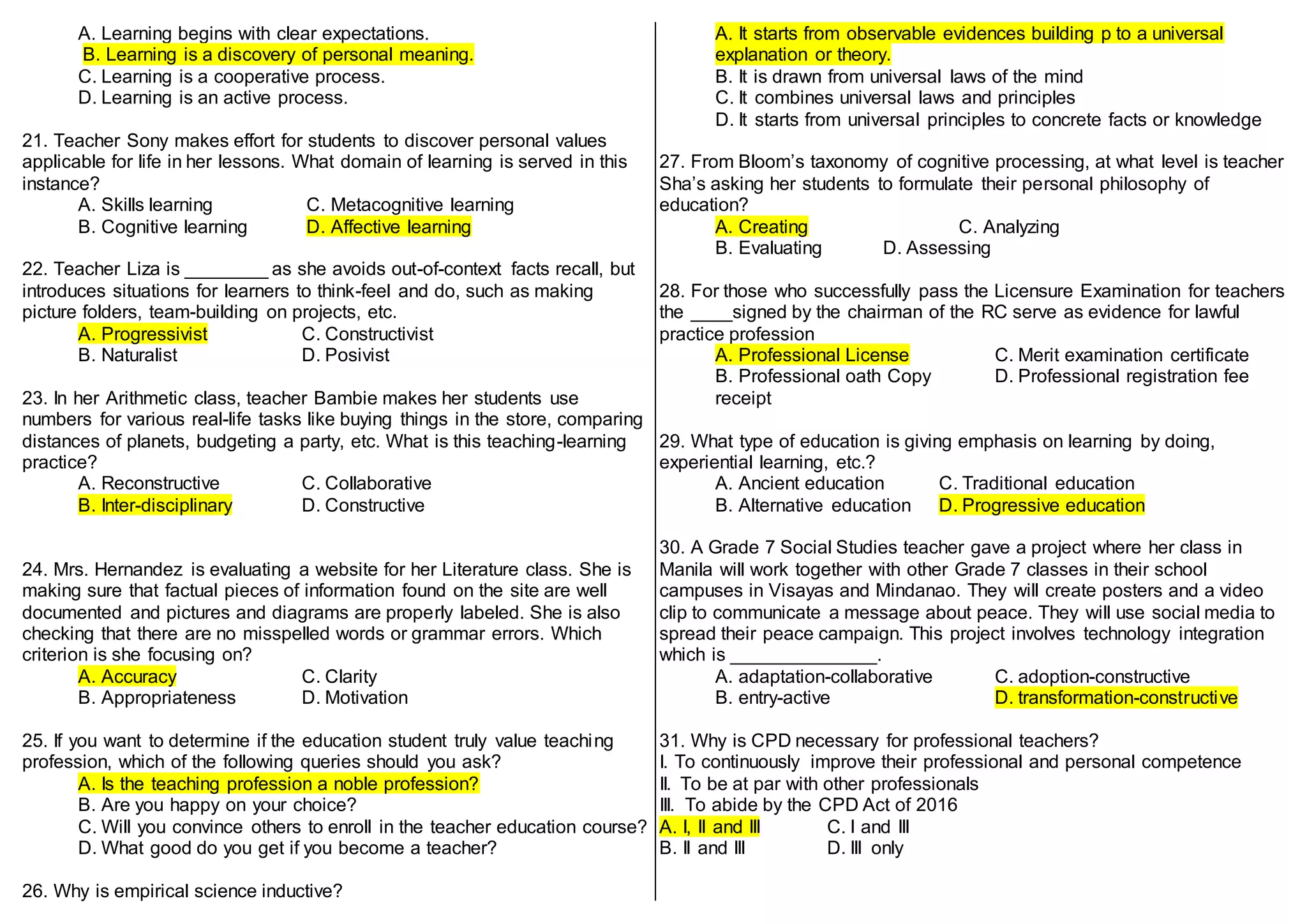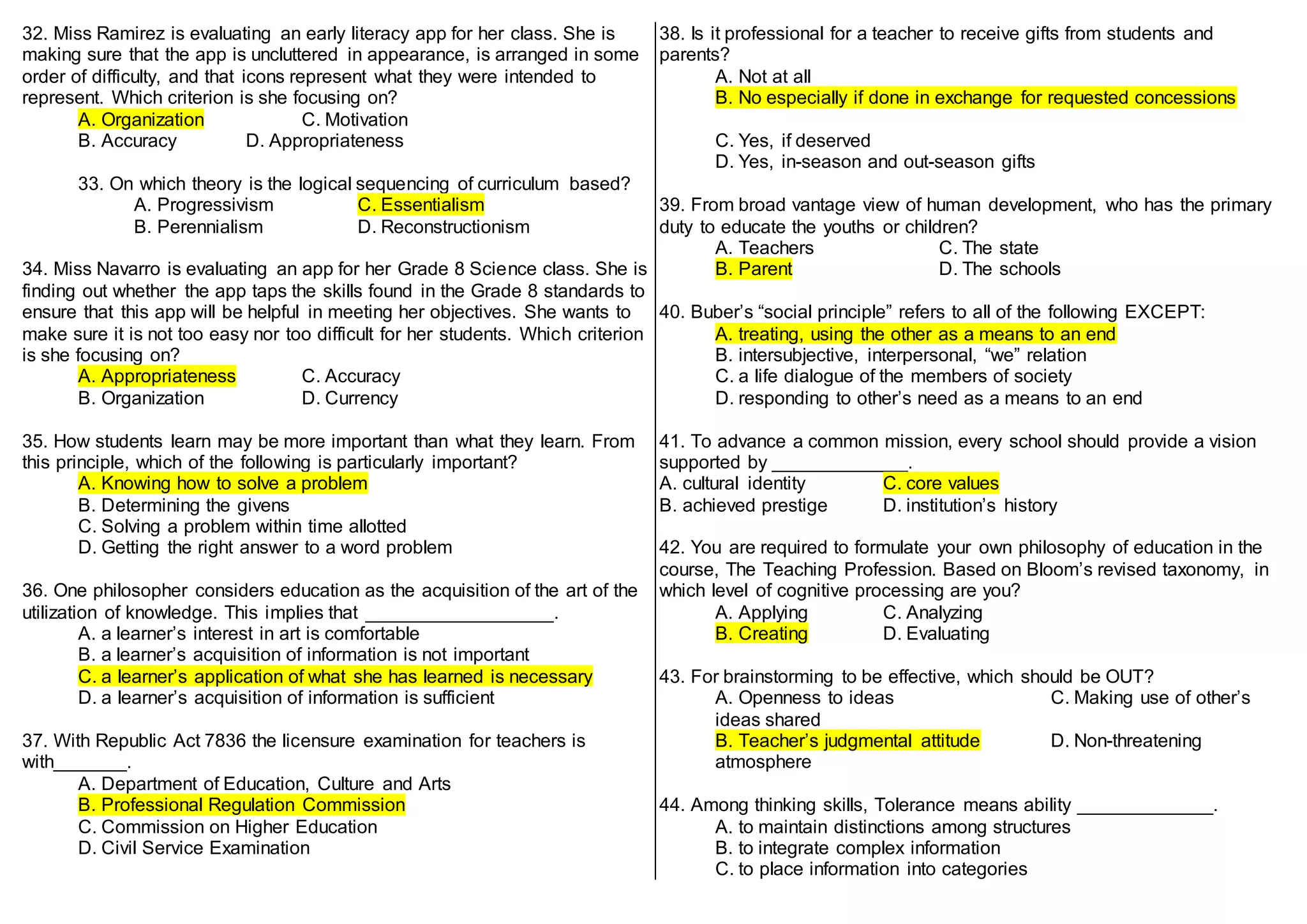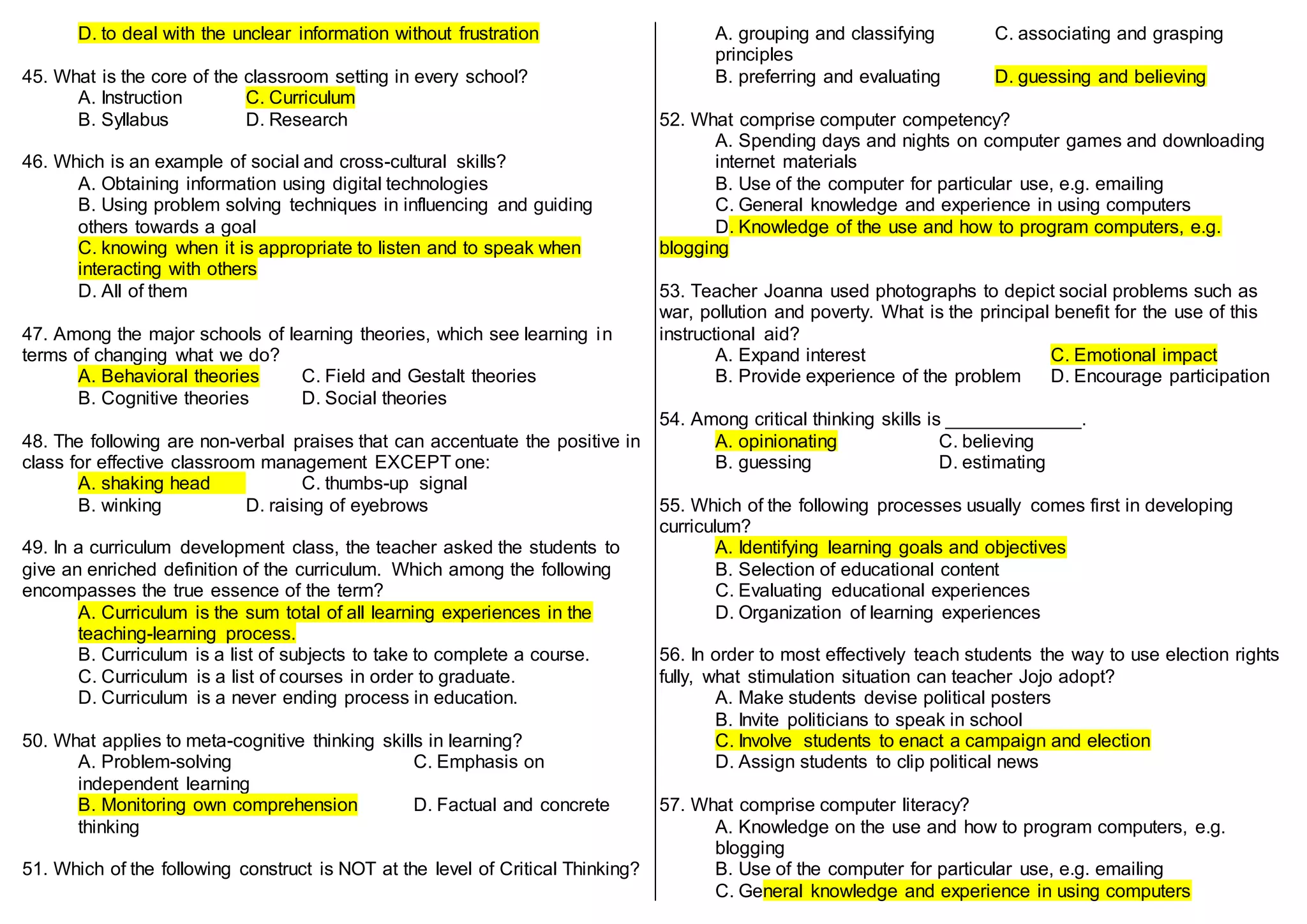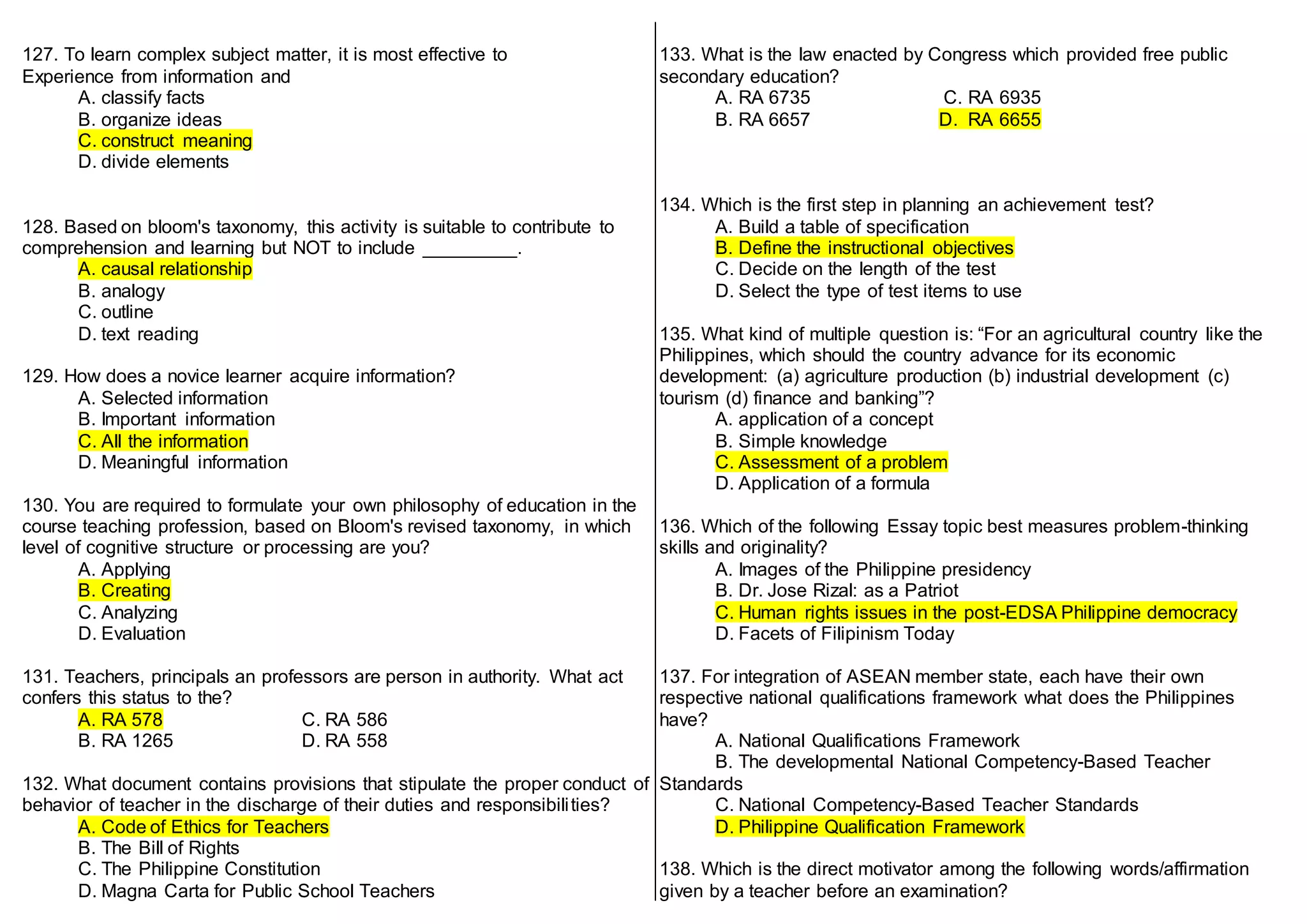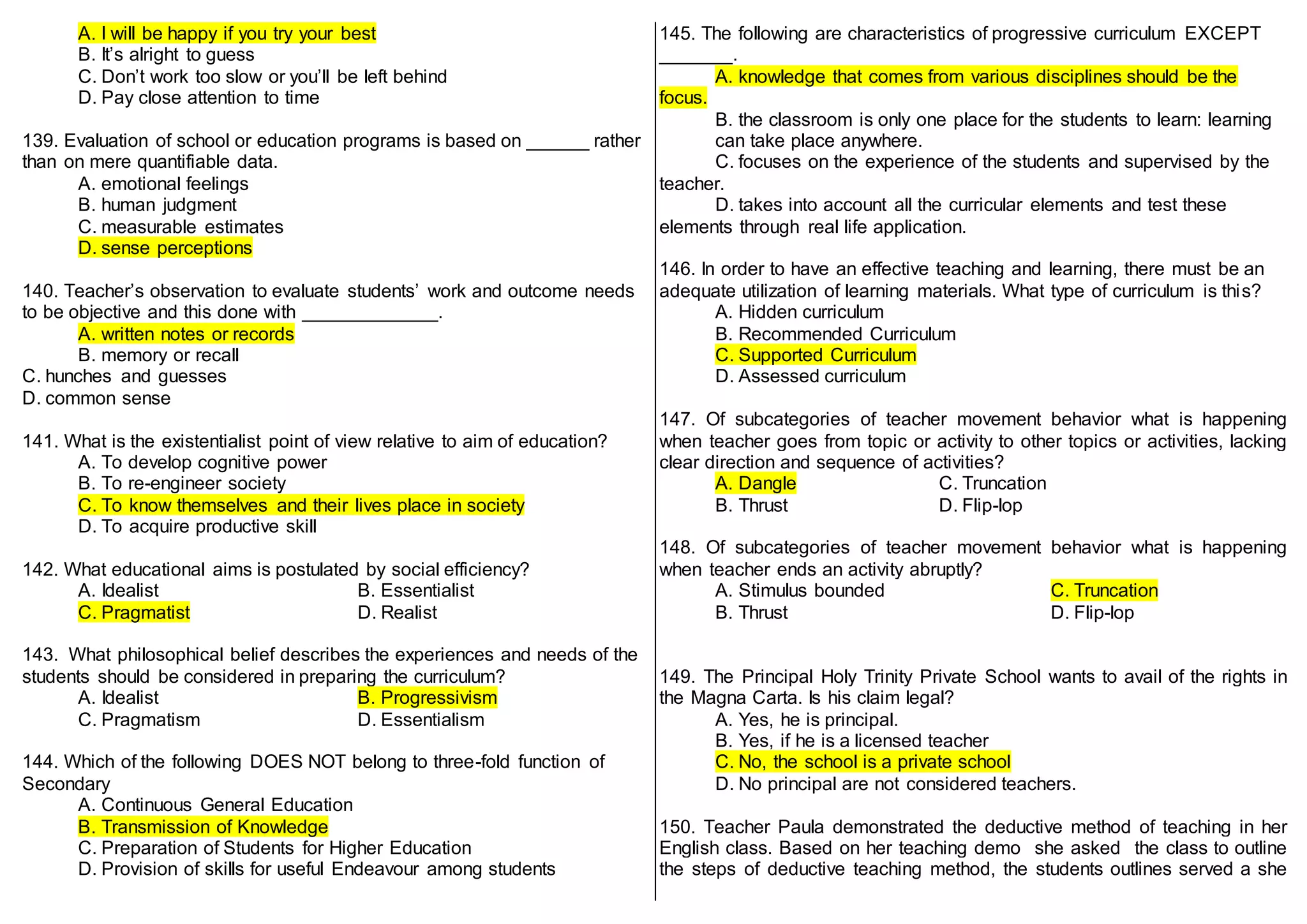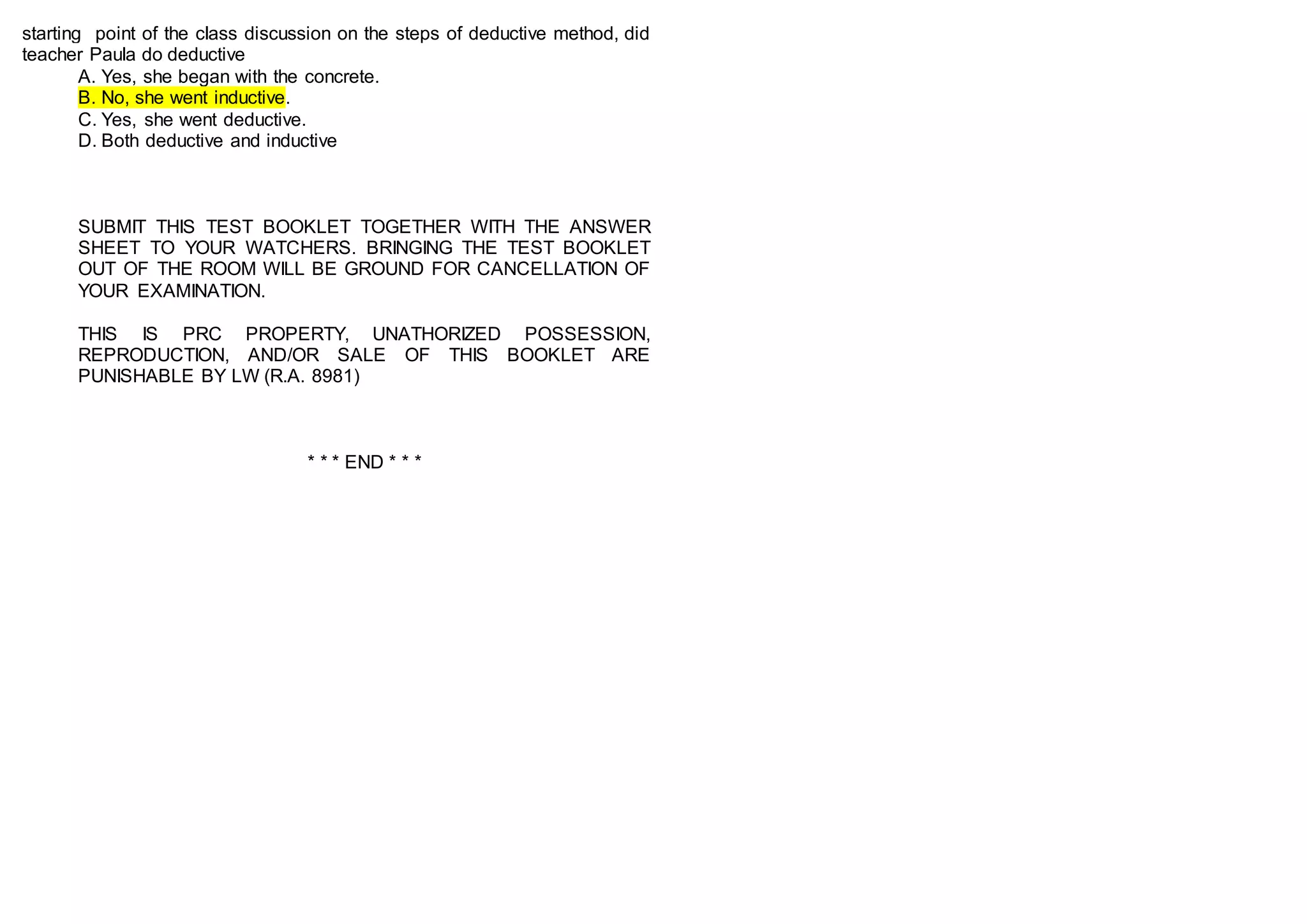This document discusses educational technology, including its definitions, theories, and applications. It covers major learning theories like behaviorism, cognitivism, and constructivism. It also discusses different types of educational devices, audiovisual aids, instructional methods, and the integration of technology in teaching and learning. Key concepts covered include computer-assisted instruction, educational media, instructional design models, and the use of technologies like interactive whiteboards, digital videos, and online tools to enhance classroom instruction.


